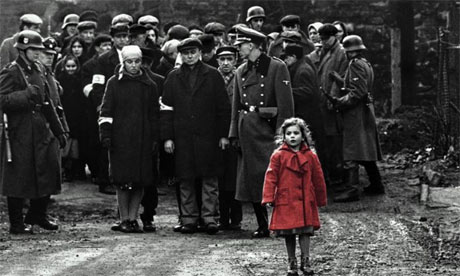I found the two articles interesting and was glad we read them together. High Concept, High Touch helped me appreciate and reflect more on What is Design? Originally, I did not like the What is Design article. I always understood design as a more production-based art and with the use/customer viewed as higher than meanings. To me, the article just reinstated that belief with the added background and history. I think I felt this way because I have discussed this topic in many classes before this one.
High Concept, High Touch made me think more while reading it, and included more new information. I never heard of the idea of the conceptual age before, and, frankly, am not sure how much of it I buy into, especially with the development of a creative class. I like the ideas presented, but they are hard for me to apply to the world. People my age have grown up with such an emphasis on STEM; it is hard to imagine anything being considered more important or valuable when it comes to careers. I can understand creativity when it is matched with STEM knowledge. For example, I interviewed a designed my freshman year, and he encouraged me to pursue digital art only if I supplemented it with web design. In this sense, the “creative class” is only useful business-wise if their creative skills are paired with a STEM specialty. I will admit that my view is influenced by the fact that I am constantly around engineers and people who study STEM.

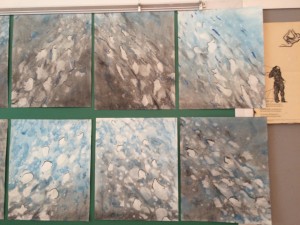
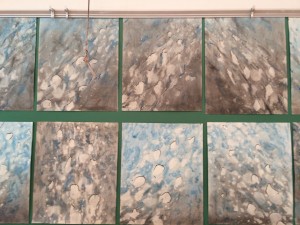
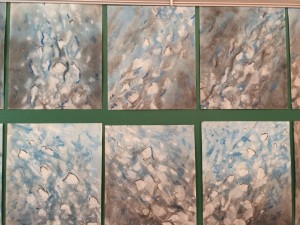
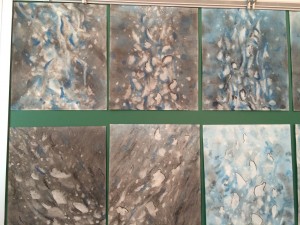



















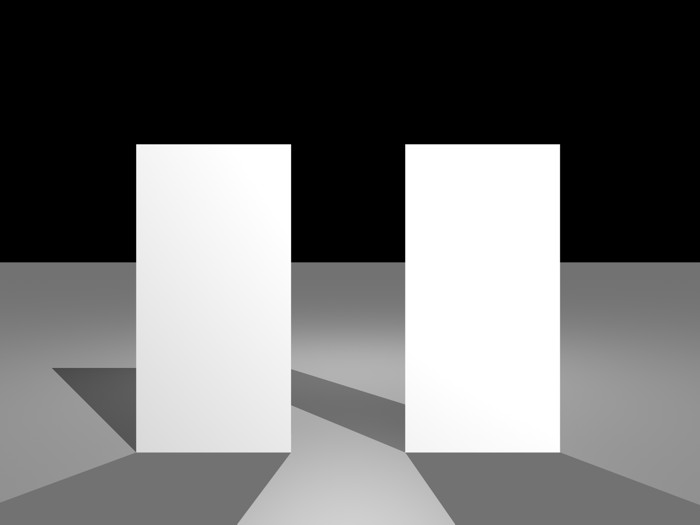



.jpg)





